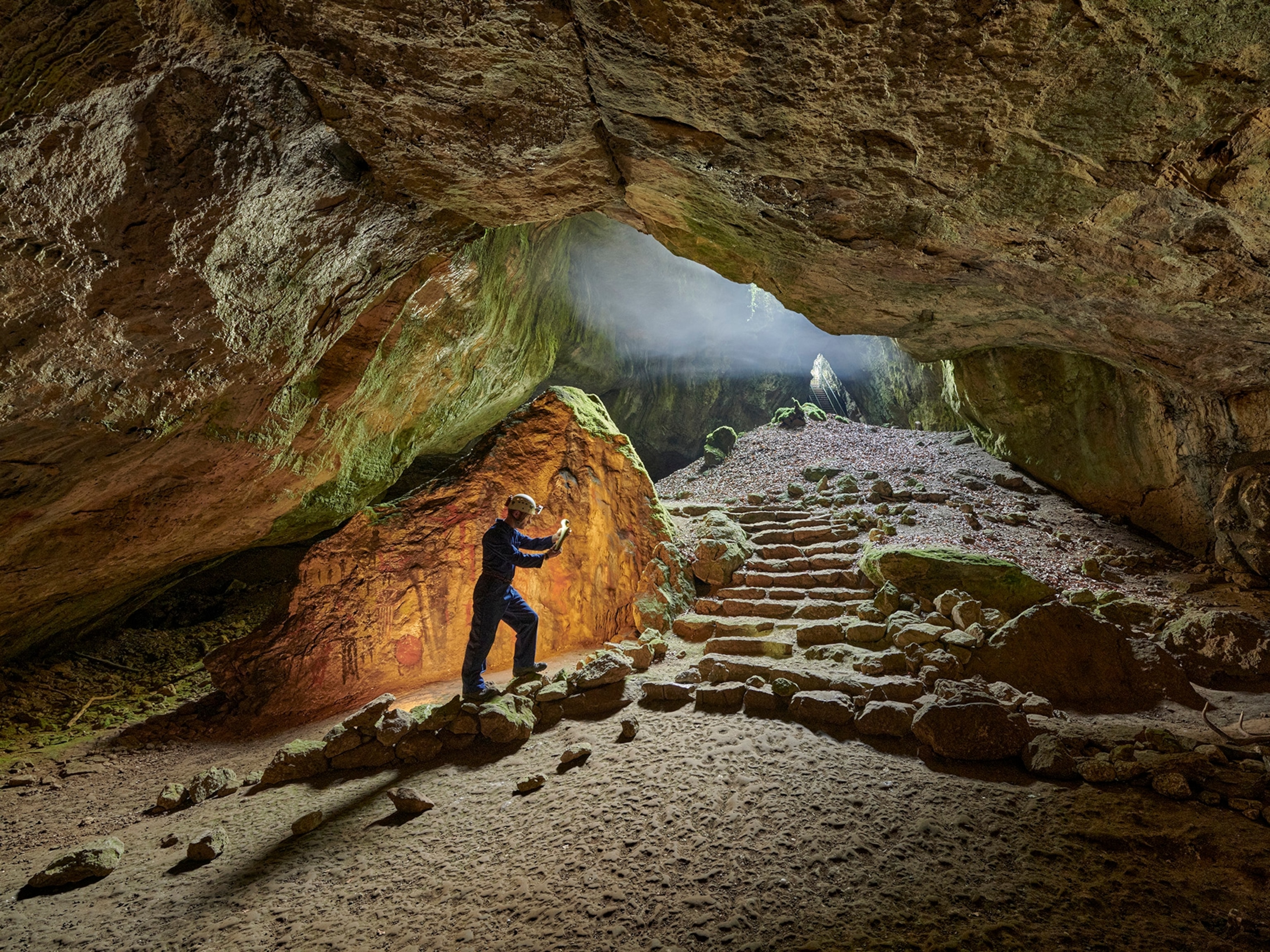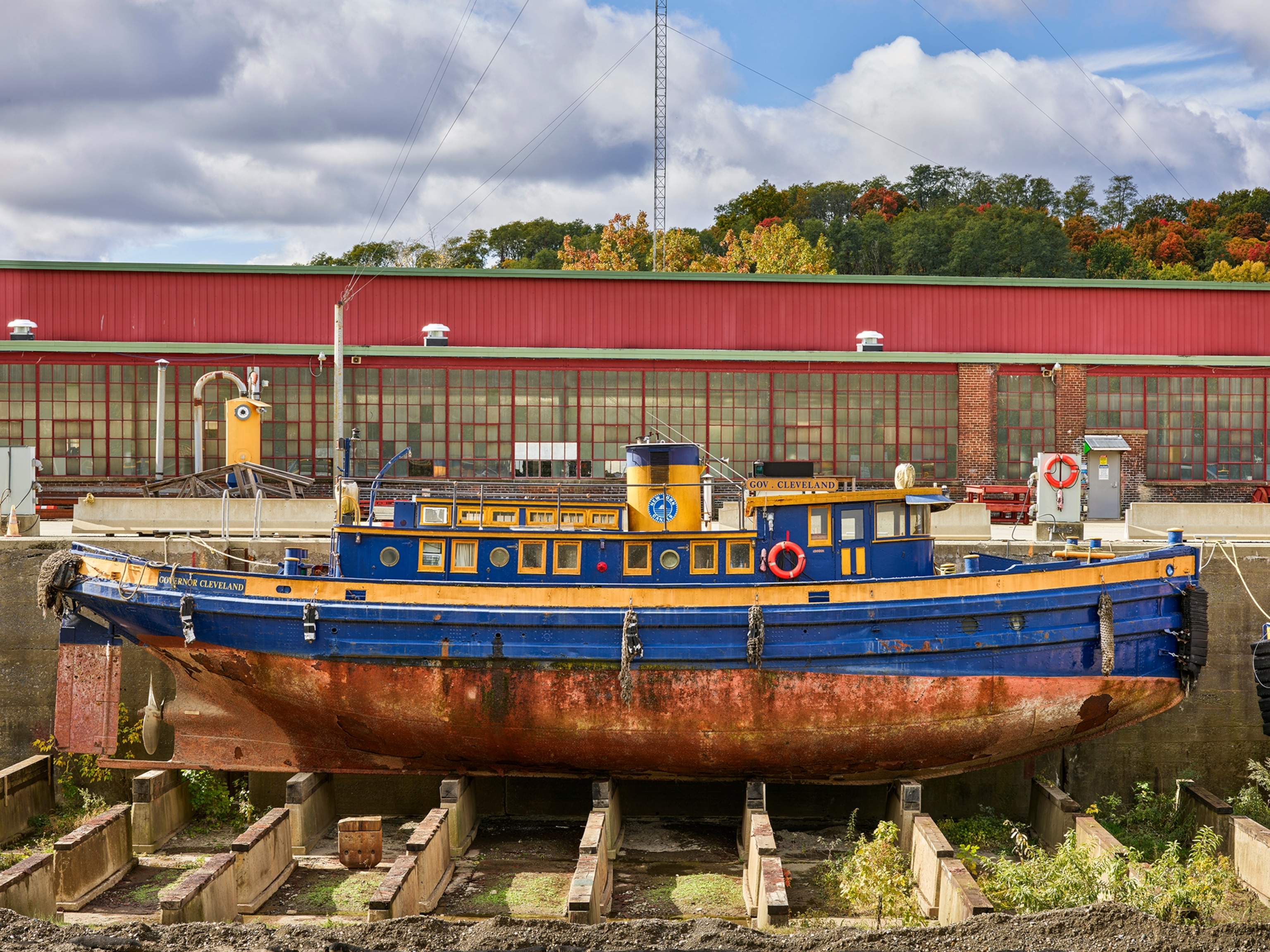5 Places to See a Symphony for Our World
Celebrate Earth Day in style with Nat Geo's unique visual concert—then head to one of these cities to soak up more of our planet's amazing sights and sounds.
Every April 22 since 1970, citizens of the U.S.—and billions more around the world—have observed Earth Day with everything from landmark policy changes to tree plantings to bell-bottomed rallies.
This year, National Geographic is celebrating with a special event: a 90-minute orchestral symphony that brings living sound to footage of the animals and landscapes that make our home unique. A powerful musical tribute, Symphony for Our World—airing this Earth Day on Nat Geo Wild—will go on tour to bring the wonder to cities across North America and the world. [Learn more about how the music was made.]
These five destinations are great places to experience the event, but you can also find it playing in a city near you.
Boston
Boston's famously incomprehensible streets harbor plenty of opportunities to commune with nature. Those seeking a bit of history should take to the trails on the Minuteman Bikeway, or head downtown to the 50-acre Boston Common: Established in 1634, the country's oldest urban park has hosted everything from grazing cows to Revolutionary soldiers to protests, rallies, and celebrations. Harvard University's Arnold Arboretum is another good stop for horticulturists and tourists alike.
Animal lovers can explore meadows and wetlands at the Nature Center and Wildlife Sanctuary just outside downtown Boston, or use the New England Aquarium as a launch point for whale watching tours from April through November (though the aquarium, home to a giant ocean tank and various special exhibits, is open year-round).
Atlanta
Georgia’s ever-growing capital saw 53 million visitors in 2017. Some of the city's staples, like the Georgia Aquarium, are undergoing major expansion.
And for your nature fix, beginning May 5, the popular exhibit Imaginary Worlds returns to the 30-acre Atlanta Botanical Garden. Visit the new permanent living sculptures, including the beloved Earth Goddess, and enjoy new, never-before-seen topiary models.
Chicago
While others debate the origins of the Windy City moniker, cosmo lovers can spend the day at the Adler Planetarium, located off Burnham Harbor. Take a guided tour of the Atwood Sphere to see the stars Chicago saw in 1913—before light pollution rendered many invisible to the naked eye. After the planetarium, spend some time enjoying the other 91 acres of Northerly Island, where the walking path makes for great views of the Chicago skyline.

Vancouver
Vancouver, once of the most densely populated cities in Canada, seems to have it all. A bustling metropolitan area is surrounded by beaches, mountains, and the world-famous Stanley Park. The park offers miles of trails to walk or bike, First Nations totem poles, and an aquarium. The forests, wetlands and rocky shores that make up the park attract a range of wildlife including bald eagles, harbor seals, and over 200 species of birds.
- National Geographic Expeditions
Salt Lake City
Unsurprisingly, Salt Lake City's main natural attraction is the Great Salt Lake. The 1,700-square-mile basin, remnant of an ancient inland sea, is the Western Hemisphere's largest saltwater lake, and it shelters millions of native and migrating birds—as well as tourists drawn to sail, swim, and hike. The state capital's myriad ski resorts also welcome over four million visitors a year.

If the city's nature offerings just aren't cutting it, each of Utah's "Mighty Five" national parks—where painted canyons and otherworldly rock formations are sure to awe and inspire—is about a four hour drive away.















